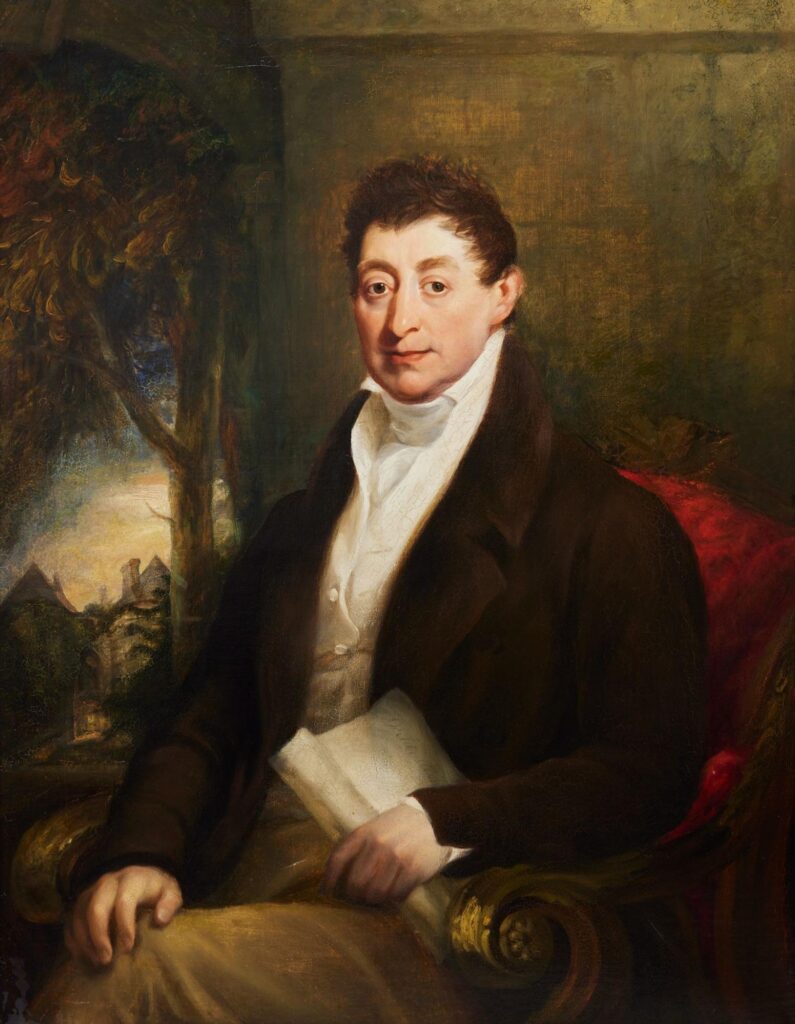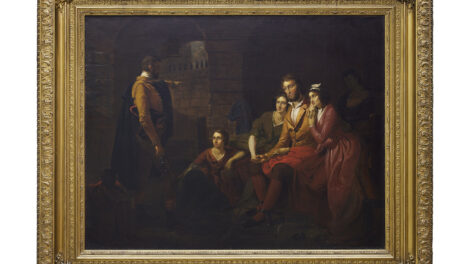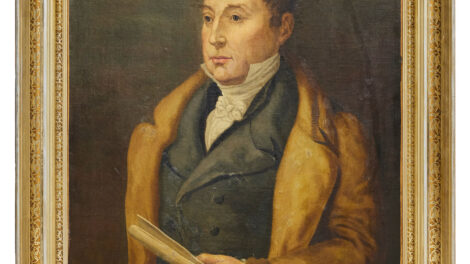ON VIEW: September 3–December 5 / 2025
Williams Center Gallery · 317 Hamilton Street
Student curators: Peter Godziela ’25 and Lillian Sampson ’27
Opening reception: Sunday, October 5, 4-6 p.m.
As part of Lafayette College’s year-long bicentennial celebration that begins in fall 2025, this exhibition showcasing General Marquis de Lafayette will feature his likeness in various forms, highlighting ideals that reflect the College’s mission. Visitors can explore paintings, sculptures, and prints while our student curators present a fresh narrative that reexamines Lafayette’s story and the myths surrounding him.

John Philip Davis, Portrait of Lafayette, c. 1810-1820, Lafayette College Art Collection
Facing Lafayette: Man, Myth, Image
The Marquis de Lafayette occupies a unique position in the constellation of revolutionary heroes, evolving from aristocratic youth to an enduring symbol of liberty itself. This exhibition presents works of art spanning two centuries, revealing the complex transformation of an individual into a cultural icon.
Lafayette as Man emerges through intimate portraits and artifacts that reveal his profound transformations. Born into French nobility, Lafayette’s early loss of his father and hunger for combat experience drove his revolutionary idealism. His involvement with Freemasonry—evidenced in Pierre Jean David’s 1828 bronze bust adorned with Masonic pillars—connected him to Enlightenment principles that would guide his political evolution. Most significantly, his journey from a privileged aristocrat to a committed anti-slavery advocate, as documented in his 1783 letter to George Washington proposing gradual emancipation, demonstrates his willingness to challenge the moral contradictions of his era. Tompkins Harrison Matteson’s haunting 1850 painting of Lafayette’s imprisonment reveals the human cost of political evolution.
Lafayette as Myth crystallized during his triumphant 1824-25 return to America as “the nation’s guest.” Thomas Sully’s romantic portrait, commissioned to commemorate Lafayette’s Philadelphia reception, deliberately presents the 67-year-old Lafayette as “timeless and youthful,” actively participating in the construction of a legend. Achille Moreau’s extraordinary 1825 aquatint shows Lafayette communing with the spirits of Washington, Franklin, and Jefferson—transforming the aging revolutionary into an eternal symbol of American liberty.
Lafayette as Image demonstrates how the man became a powerful visual symbol for universal ideals. La Gardette’s allegorical etching surrounds Lafayette with classical figures of virtue and truth, positioning him within a timeless philosophical vocabulary. From miniature portraits mounted on jewelry to popular Currier & Ives lithographs, Lafayette’s image became democratically accessible, with each artist emphasizing different aspects of his identity to serve contemporary needs.
Through these works, we witness not merely one man’s biography, but the ongoing process by which historical figures become enlisted in humanity’s continuing struggle for liberty and justice.


